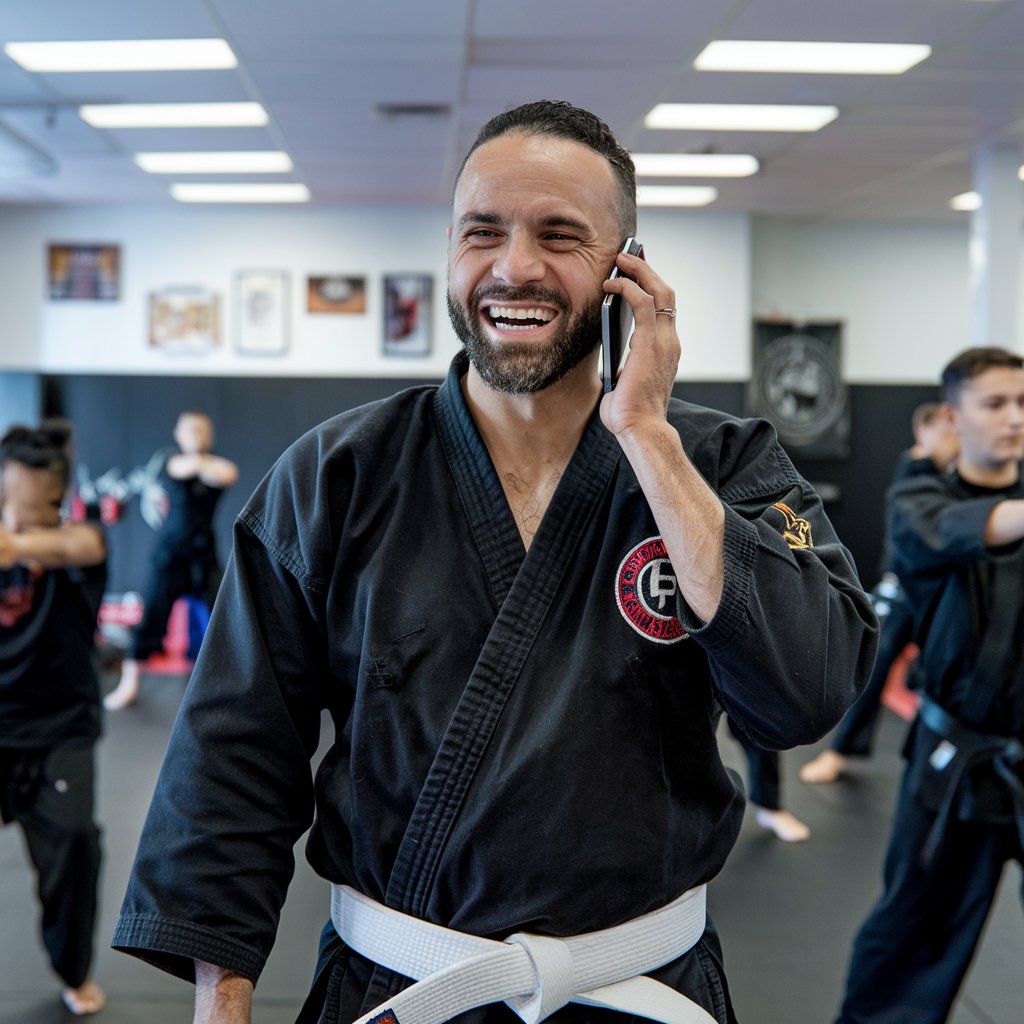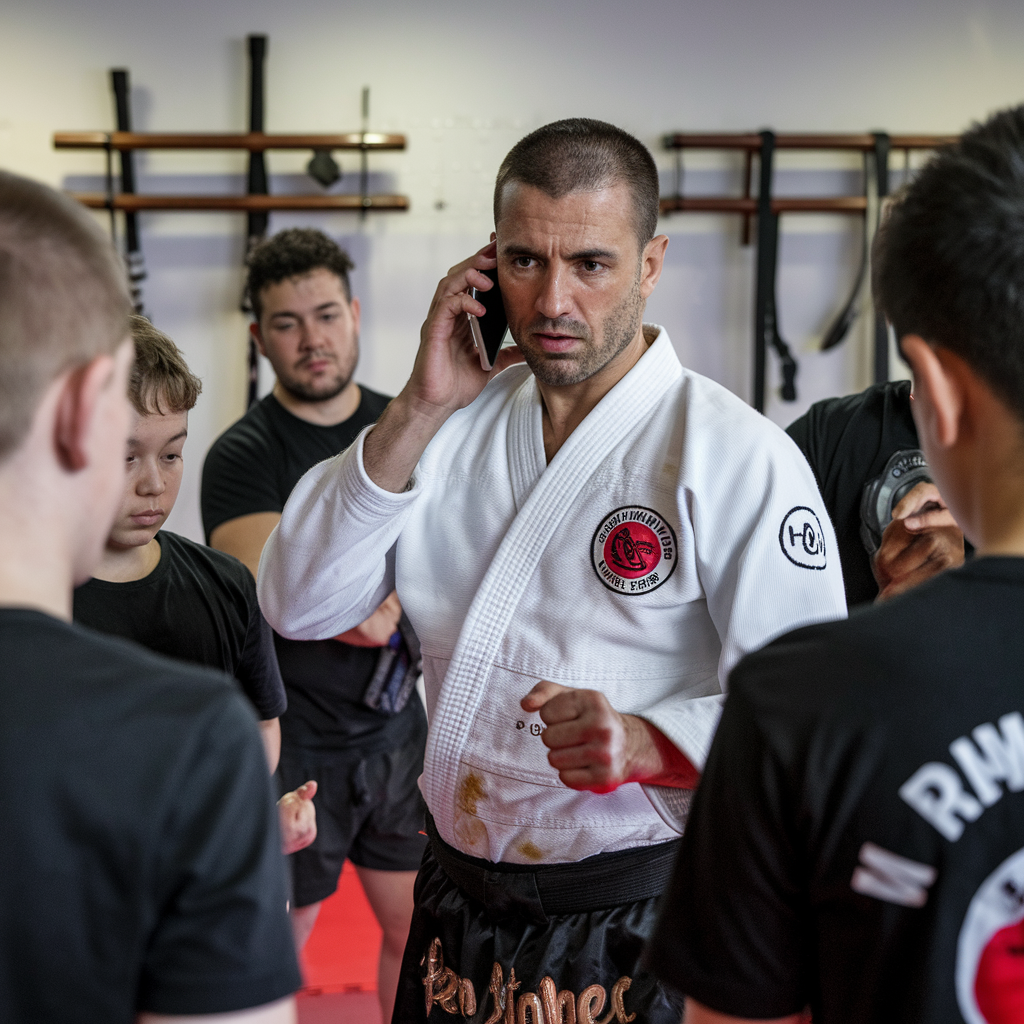
In today’s fast-paced world, resilience—the ability to recover from setbacks and adapt to challenges—is more crucial than ever. Whether facing personal struggles, professional obstacles, or the uncertainties of life, a resilient mindset can mean the difference between thriving and merely surviving. While many seek resilience through self-help books and motivational talks, martial arts offer a time-tested path to cultivating both mental and physical toughness.
The “warrior’s mindset” that martial arts instill is not just about fighting or self-defense. It’s a holistic approach to life that emphasizes discipline, perseverance, and adaptability. Through rigorous training, martial artists develop the mental fortitude to face adversity and the physical strength to endure hardship.
In this article, we’ll explore how martial arts foster mental and physical resilience, and how you can apply these principles to your daily life.
1. Embracing Challenges: The Path to Mental Resilience
At the heart of martial arts is the belief that growth comes through challenge. Every class, sparring session, or competition is an opportunity to test and expand your limits. This consistent exposure to physical and mental strain builds resilience over time.
A. Facing Fear and Discomfort
Martial arts push practitioners beyond their comfort zones. Whether it’s stepping onto the mat for the first time or competing in a high-stakes tournament, the journey involves confronting fear head-on. This ability to face discomfort directly strengthens mental toughness in other areas of life.
Example:
A Brazilian Jiu-Jitsu (BJJ) student may feel anxious about sparring with a more experienced opponent. Over time, repeated exposure to this challenge reduces fear and increases confidence—an experience that translates to real-life situations like public speaking or handling conflict.
Practical Application:
- Regularly place yourself in situations that challenge your mental comfort zone.
- Reframe fear as an opportunity for personal growth.
- Embrace discomfort as a necessary part of building resilience.
B. Developing a “Never Quit” Mentality
Martial artists learn that perseverance is key to mastery. Whether struggling to perfect a technique or recovering from a defeat, the mindset of “never quit” becomes ingrained through practice. This resilience applies to personal and professional setbacks alike.
Example:
A Muay Thai fighter who loses a bout doesn’t view it as failure—they return to training with renewed focus. This mindset is invaluable for anyone facing career setbacks or personal disappointments.
Practical Application:
- Cultivate a growth mindset by viewing setbacks as learning experiences.
- Practice pushing through difficulties rather than avoiding them.
- Set long-term goals and commit to them, even when progress feels slow.
2. Building Physical Resilience: Strength Through Consistency
Physical resilience—the ability to endure and recover from physical challenges—is a natural outcome of martial arts training. This strength is not just about muscle; it’s about conditioning your body to be durable, adaptable, and capable under pressure.
A. Strengthening the Body Through Repetition
Martial arts involve repetitive drills that gradually enhance physical endurance and strength. This consistency helps the body become more resilient, capable of handling stress, fatigue, and injury prevention.
Example:
A Karate practitioner who practices the same kata hundreds of times develops both muscular endurance and precision. This repetition builds physical stamina and enhances the ability to recover from physical exertion.
Practical Application:
- Engage in regular physical activities that challenge your endurance.
- Prioritize consistency over intensity—small, regular efforts build lasting resilience.
- Embrace physical discomfort as part of the process toward strength.
B. Enhancing Recovery and Adaptability
Martial arts teach the importance of active recovery and adaptability. After intense physical exertion, the body must rest and rebuild. Resilient martial artists understand how to balance effort with recovery to sustain long-term performance.
Example:
Judo competitors often experience intense throws and falls. Through consistent practice and proper recovery methods, they condition their bodies to withstand impact and bounce back quickly.
Practical Application:
- Incorporate rest and recovery routines into your lifestyle.
- Adapt to physical challenges by adjusting your approach as needed.
- Develop a sustainable fitness practice to support long-term resilience.
3. Emotional Control: Mastering the Mind in Stressful Situations

One of the most powerful lessons martial arts teach is emotional regulation. In high-pressure situations—whether in competition or everyday life—emotional control is crucial for maintaining focus and making effective decisions.
A. Staying Calm Under Pressure
Martial artists practice maintaining composure even when faced with aggressive opponents. This ability to stay calm under pressure translates to better decision-making in high-stress environments outside of the dojo.
Example:
A Taekwondo athlete facing a faster, stronger opponent must stay composed to identify openings and execute strategies. Similarly, staying calm during a workplace crisis allows for clear, effective leadership.
Practical Application:
- Practice deep-breathing techniques to maintain calmness under pressure.
- Develop mindfulness practices to increase emotional awareness and control.
- Rehearse handling stressful situations mentally to build emotional resilience.
B. Managing Ego and Embracing Humility
Martial arts emphasize humility and the continuous pursuit of improvement. No matter how skilled a martial artist becomes, there is always more to learn. This mindset reduces ego-driven reactions and fosters emotional intelligence.
Example:
A Jiu-Jitsu black belt who gets tapped by a lower belt doesn’t react with anger but with curiosity—asking, “What can I learn from this?” This mindset fosters growth and resilience.
Practical Application:
- Practice self-reflection to keep your ego in check.
- Seek feedback as a tool for growth, not criticism.
- Cultivate humility by acknowledging there is always room for improvement.
4. Mental Focus: Cultivating Clarity and Precision
Resilience isn’t just about enduring hardships—it’s also about maintaining mental focus through chaos. Martial arts require acute awareness and the ability to act with precision, even when under pressure.
A. Developing Laser-Sharp Focus
Martial artists must be fully present during training. This mindfulness improves cognitive focus and the ability to block out distractions. Over time, this heightened awareness becomes second nature.
Example:
A Kung Fu practitioner must stay mentally engaged when practicing fast, complex forms. This mental discipline sharpens focus in other areas, like studying or working on intricate projects.
Practical Application:
- Practice focusing on one task at a time to develop mental clarity.
- Engage in activities that require both mental and physical coordination.
- Use meditation or breathing exercises to improve concentration.
B. Adapting to Unexpected Challenges
Martial arts teach adaptability—when plans fail, you adjust and keep moving. This mental agility is vital in today’s rapidly changing world, where the ability to pivot can make all the difference.
Example:
A Krav Maga student learns to react instantly when an unexpected attack occurs. This ability to adapt quickly applies to real-life scenarios like handling unexpected professional challenges.
Practical Application:
- Approach problems with a flexible mindset.
- Practice adapting to change rather than resisting it.
- Embrace uncertainty as an opportunity to grow.
5. Applying the Warrior’s Mindset Beyond the Dojo
The warrior’s mindset cultivated through martial arts doesn’t end when training does—it extends into all areas of life.
A. In Professional Life
- Approach tasks with discipline and consistency.
- Stay calm under deadlines and high-pressure situations.
- Adapt to changes in the workplace with resilience.
B. In Personal Life
- Handle conflicts with emotional control and humility.
- Cultivate patience and persistence in relationships.
- Embrace challenges as opportunities for growth.
C. In Mental and Physical Health
- Prioritize regular exercise for overall resilience.
- Practice mindfulness to maintain mental clarity.
- Embrace lifelong learning and personal development.
Conclusion: Resilience is a Practice, Not a Gift
The warrior’s mindset is not something you are born with—it is something you cultivate through consistent practice and intentional living. Martial arts provide a unique and powerful way to develop mental and physical resilience, offering lifelong tools to face adversity with strength and grace.
Whether you train in a formal martial art or apply these principles to your daily life, the core lessons of discipline, adaptability, and perseverance will empower you to thrive in even the most challenging circumstances.
In the journey of life, be the warrior—steadfast, focused, and always ready to rise again.

